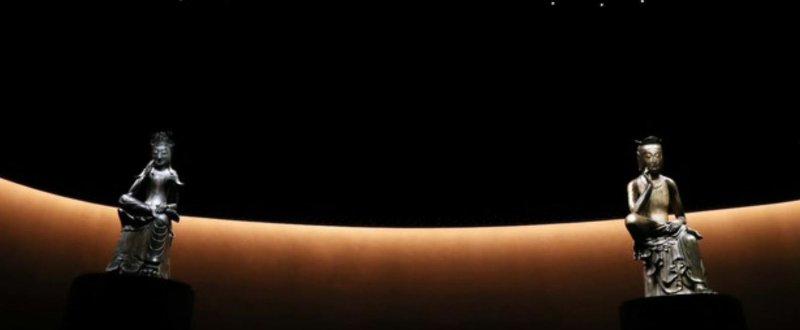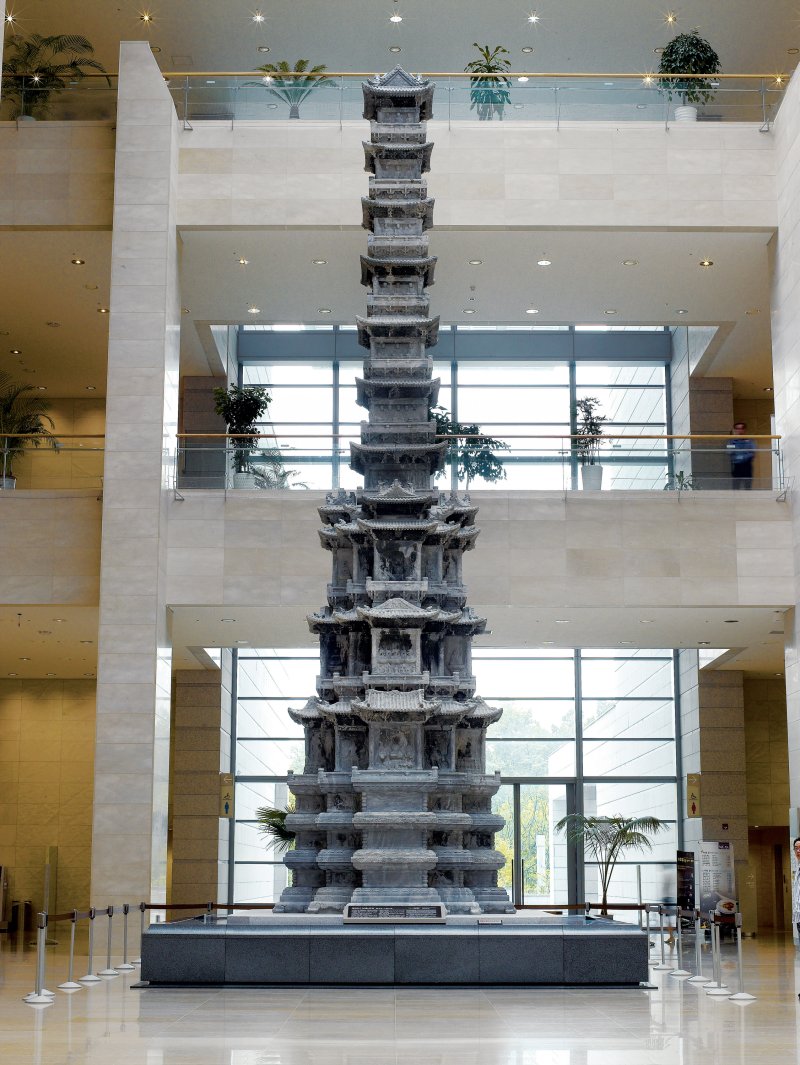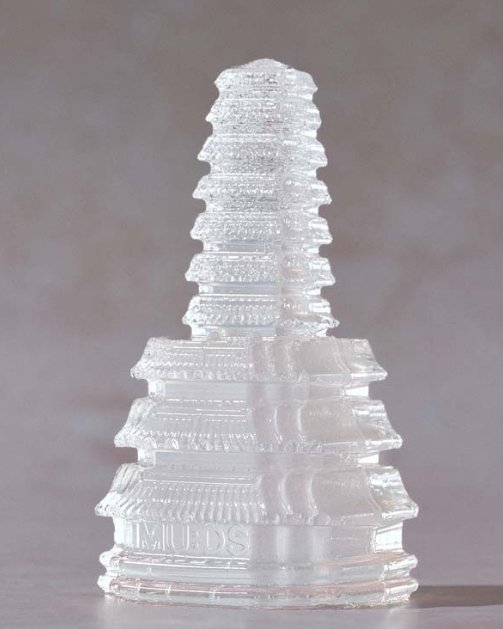A Treasure Called 'MU:DS'—20 Years with the National Museum of Korea [Weekend Culture]
- Input
- 2025-11-07 04:00:00
- Updated
- 2025-11-07 04:00:00

To commemorate the 20th anniversary of its Yongsan opening, the National Museum of Korea has organized an exhibition that traces the stories of its collections and the people behind the museum. Until December 28, the museum will host a special event, '20 Years of Stories: Artifacts and People,' in its permanent exhibition halls.
This exhibition is a program that explores 20 key artifacts and the stories of 20 individuals who have been closely connected to the museum. At the entrance, a symbolic installation visualizes the journey and accumulation of time over the past two decades, guiding visitors to the artifacts, their stories, locations, and viewing methods. By scanning a QR code, visitors can access a mobile site to locate the 20 artifacts, visit each gallery, and enjoy their stories through audio and other media. The exhibition encourages visitors to design their own routes, rediscovering familiar artifacts and the museum itself from new perspectives. Highlights include the Ten-story Stone Pagoda from Gyeongcheonsa Temple, Daedongyeojido, Pensive Bodhisattva, outdoor garden Buddha statues, King Isaji Inscribed Sword, Moon jar, Replica Paintings of Goguryeo Tomb Murals, Bezeklik Cave Murals, Portraits of the Joseon Dynasty, Buddhist Hanging Scroll at Buseoksa, and the Ancient Greek Bronze Helmet donated by Sohn Kee-chung. Visitors can encounter these 20 stories of space, artifacts, and people throughout the permanent exhibition halls and outdoor areas.


Among the outdoor artifacts, the Yaksa Buddha and Maitreya Buddha statues in the Outdoor Garden are also noteworthy. Walking along the Mirror Pond, visitors will find two Goryeo-era stone Buddhas nestled in a tranquil bamboo grove. The National Museum of Korea has uncovered traces of medicine bowls and lotus flowers on these statues, revealing their deeper significance.
The King Isaji Inscribed Sword has also contributed to new historical discoveries at the National Museum of Korea. In 2013, during the conservation of a ring-pommel sword excavated from the Geumgwanchong Tomb, the inscription 'King Isaji' was found. Later, during a re-excavation, sword fittings inscribed with 'King Isaji' and the character '十' (ten) were recovered and matched with three ring-pommel swords in the museum’s collection, offering fresh clues about the tomb’s owner. In addition, the Portraits of the Joseon Dynasty have been the subject of ongoing research, revealing details about their sketches, coloring, and pigments. The Buddhist Hanging Scroll at Buseoksa, first displayed at the museum after its move to Yongsan in 2005, is another masterpiece.
The Ancient Greek Bronze Helmet donated by Sohn Kee-chung was a special prize for the marathon champion at the 1936 Berlin Olympics. This artifact vividly conveys a message of hope and perseverance in challenging times.
In addition to viewing the permanent collection, visitors can explore a special 20th-anniversary space set up in the lounge between the Goguryeo and Baekje galleries. Here, stories are presented through various media, including explanatory texts, videos, audio guides, and storybooks. During the event, visitors can also receive limited-edition souvenirs—such as photo postcards, reusable bags, and story notebooks—based on the number of online stamps collected during their visit. The museum’s gift shop features a special edition corner for the anniversary, and the National Museum Foundation of Korea has developed 25 new products in 10 categories of the special MU:DS commemorative goods.
A representative from the National Museum of Korea explained, "We have selected 20 artifacts that have grown alongside our visitors, accumulating new value through research and curatorial activities over the past two decades since the Yongsan opening." The journey through the permanent exhibition halls is also enriched by the stories of 20 individuals who have formed unique connections with each artifact over the past 20 years.
rsunjun@fnnews.com Yoo Sun-joon Reporter